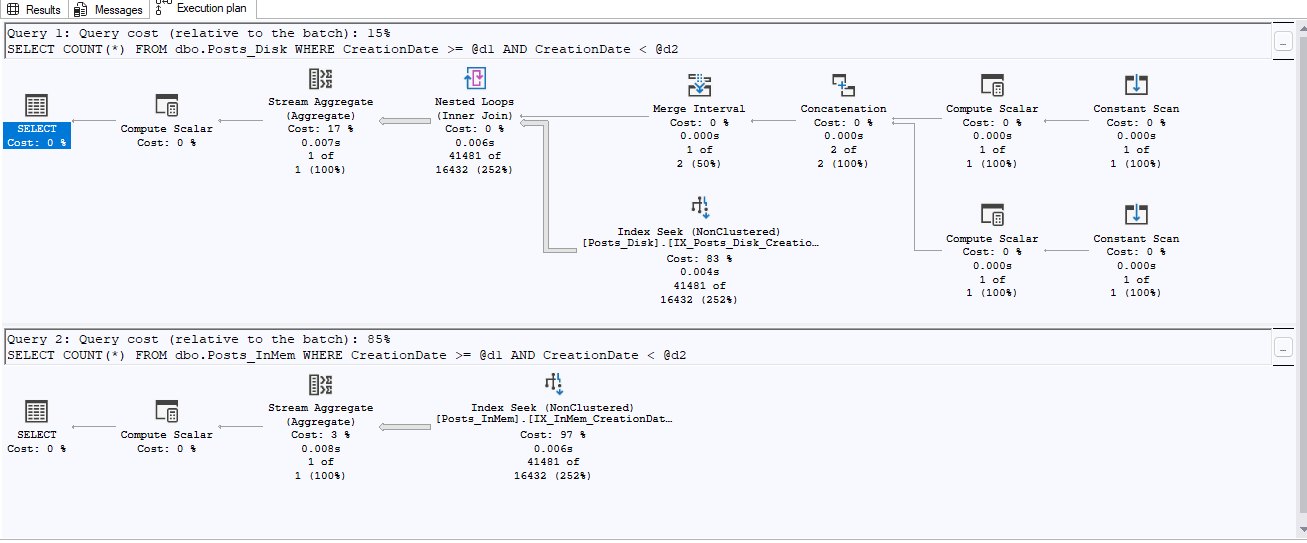As a Database Administrator, something that should be part of your database audit is monitoring the growth of files. That means tracking when the log file grows and tracking when the data file(s) grow(s). Many will argue that there is nothing worse than not knowing when a database-related file changed in size except maybe when it rapidly and constantly grows until the disk is filled.
Beyond just trapping when these events occur, the DBA usually also wants to know what caused the file to grow or shrink. This has been a problem that has plagued many a DBA over time. Sure there are plenty of methods to assist in the capture of such things. I even wrote about that quite some time ago here. In that article, I gave the tools to help track when a transaction log grew. Today, I am looking to share a different method on how to trap the executing SQL that causes a file to grow. And unlike that previous method, this method will also help to track when a file decreases in size.
I do want to point out that there is an alternate method to capture the shrink events if you wish to read more. I wrote previously about using the default trace to capture when a shrink occurs within the instance. This can be captured thanks to the default trace. You can read all about that over here. Despite the availability of the information within the default trace, I think the method I share here will be lightweight enough that it won’t hurt to have it running—at least occasionally.
Please continue reading the full article – here!




